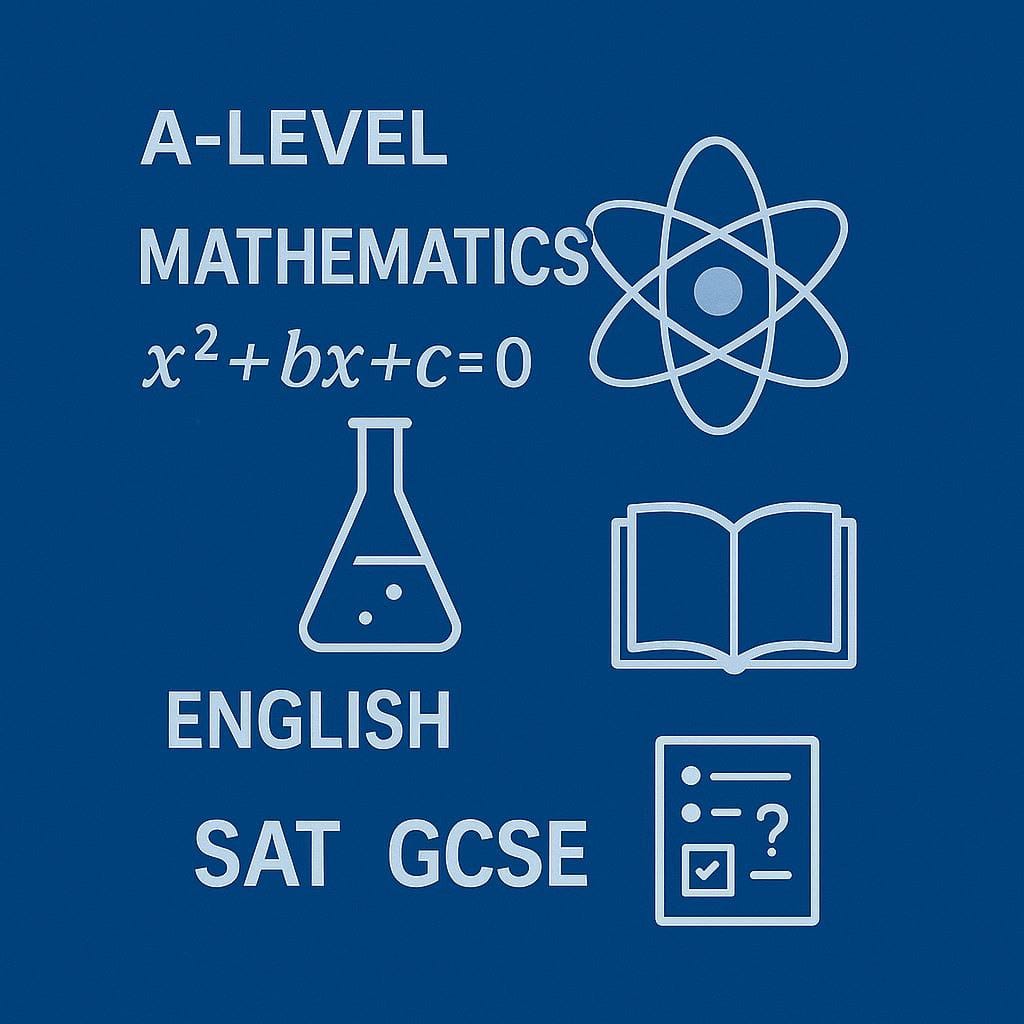Table of Contents
ToggleExploring Language Change Over Time
Introduction
Language change is an inevitable and fascinating process, reflecting shifts in culture, technology, and society. At A-Level English Language, analysing historical and contemporary changes provides insights into how English evolves to meet the needs of its speakers.
This article will explore:
- Historical milestones in language change.
- Theories and frameworks for analysing language evolution.
- Practical strategies for exam success.
Historical Milestones in Language Change
1.1 Old English (450–1150)
- Influenced by Germanic tribes, Old Norse, and Latin.
- Highly inflected language with complex grammar.
Example: Words like “knight” and “house” originate from Old English.
1.2 Middle English (1150–1500)
- Norman Conquest introduced French vocabulary, especially in law, government, and art.
Example: “Justice” and “royalty” reflect French influence.
1.3 Early Modern English (1500–1700)
- Standardisation began with the printing press (William Caxton, 1476).
- Shakespeare contributed to the expansion of vocabulary.
Example: Words like “bedroom” and “assassination” were popularised by Shakespeare.
1.4 Modern English (1700–Present)
- Industrial Revolution and globalisation introduced technical and international terms.
Example: “Telephone” and “robot” reflect technological innovation.
Theories and Frameworks for Analysing Language Change
2.1 Jean Aitchison’s Theories
- Damp Spoon Syndrome: Blames laziness for perceived language degradation.
- Crumbling Castle: Views language as something once perfect but now decaying.
- Infectious Disease: Suggests language change spreads like a contagion.
2.2 Functional Theory
- Language evolves to meet the changing needs of its users.
Example: The rise of internet slang like “LOL” and “hashtag.”
2.3 Substratum Theory
- Influence of non-native speakers or languages leads to changes.
Example: American English influenced by immigrant languages.
2.4 Prescriptivism vs. Descriptivism
- Prescriptivists advocate for preserving traditional language rules.
- Descriptivists accept and analyse language change as natural.
Practical Strategies for Exam Success
Use Historical Context
- Relate changes to specific events like invasions, migrations, or technological advances.
Analyse Real Examples
Example: The word “Google” transitioned from a proper noun to a verb (“to Google something”), reflecting modern linguistic flexibility.
Apply Theories to Data
- Link language data to frameworks like Aitchison’s theories or functional theory.
Tips for Success
- Combine Examples and Theory: Support theoretical analysis with historical evidence.
- Critically Evaluate: Highlight both positive and negative impacts of language change.
- Stay Relevant: Focus on examples aligned with the exam question.
Conclusion
Language change is a dynamic and inevitable process influenced by history, technology, and culture. By understanding key milestones and applying linguistic theories, A-Level English Language students can craft insightful and engaging analyses.

Skinat Tuition | Empowering Global Academic Success, One Student at a Time.



